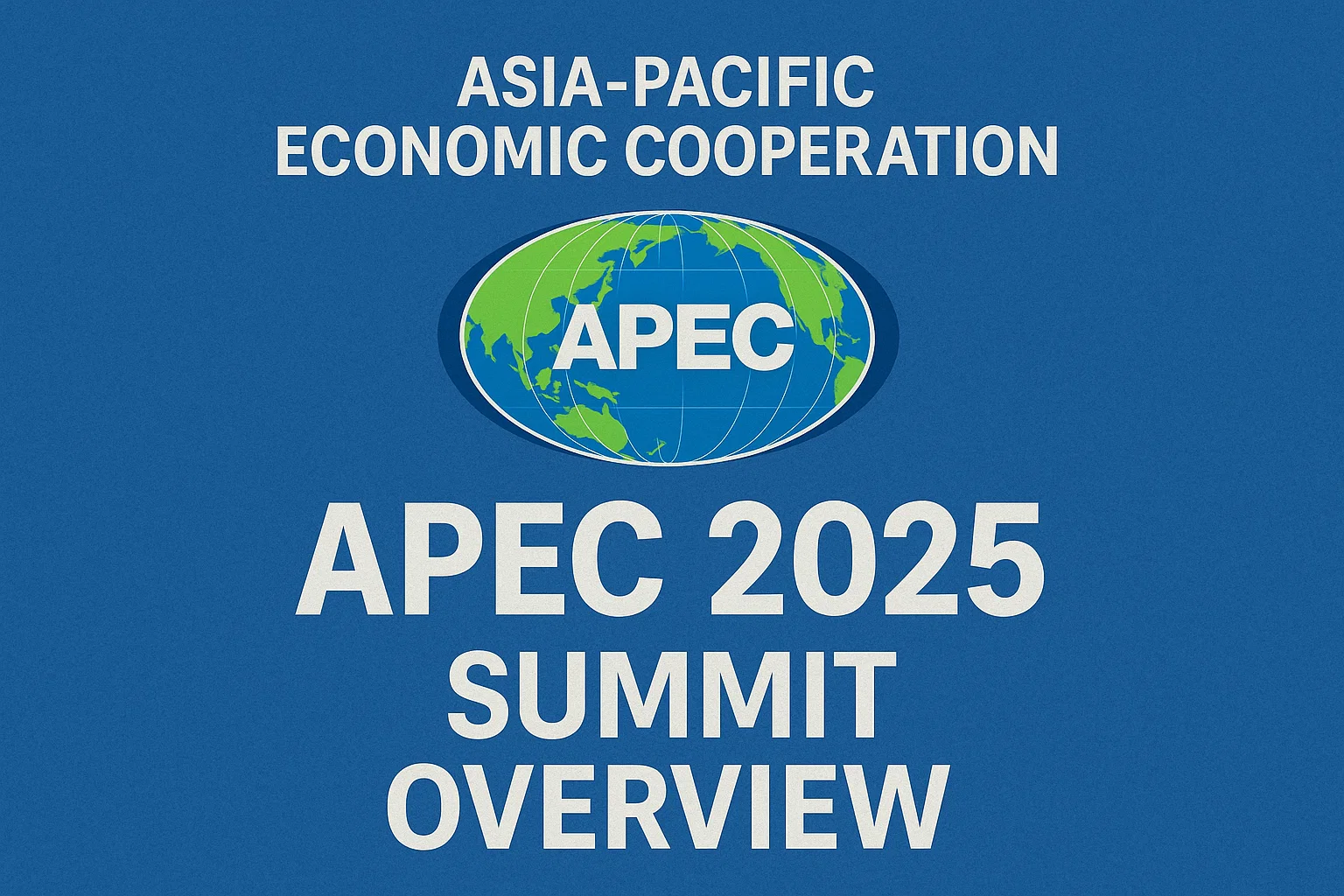Font size:
Print
West Asia on the Brink
Context:
On March 7, 2025, U.S. President Donald Trump announced that he had reached out to Iran’s Supreme Leader, Ayatollah Ali Khamenei, seeking to negotiate a deal on Tehran’s nuclear program.
More on News
- Emphasising the urgency of the situation, Mr. Trump stated, “We can’t let them have a nuclear weapon.”
- However, within days of this diplomatic overture, the U.S. launched pre-emptive airstrikes against the Houthis in Yemen, and Israel resumed its military campaign in Gaza, killing over 400 Palestinians in a single night.
- Shortly after, Israel intensified its strikes in Lebanon, targeting Hezbollah—one of Iran’s key allies in the region.
JCPOA and its Fallout
- Iran’s Nuclear Program: Iran’s nuclear program has been a longstanding concern for U.S. administrations.
- In 2015, President Barack Obama sought to address it through the Joint Comprehensive Plan of Action (JCPOA), which restricted Iran’s nuclear activities in exchange for economic relief.
- However, Israel opposed the agreement, arguing that it left Iran’s broader military capabilities intact.
- In 2018, President Trump unilaterally withdrew from the deal, reimposing sanctions and launching a ‘maximum pressure’ campaign, aiming to force Tehran back to negotiations.
- Instead, Iran responded with ‘maximum resistance,’ expanding its nuclear activities, enhancing its ballistic missile program, and bolstering support for its regional allies, including the Houthis in Yemen.
- Hamas’ Attack and Aftermath: The conflict escalated further following the October 7, 2023 Hamas attack on Israel.
- In the aftermath, Israel targeted Iranian interests directly, including assassinating an Islamic Revolutionary Guard Corps (IRGC) general in Syria and bombing the Iranian embassy in Damascus.
- Iran retaliated with direct strikes against Israel, deepening the crisis.
- Meanwhile, despite causing immense destruction in Gaza and killing over 50,000 Palestinians, Israel has yet to eliminate Hamas.
- In Lebanon, its campaign against Hezbollah has inflicted damage but failed to halt the group’s rocket attacks, forcing Israel into a temporary ceasefire in November 2024.
- Meanwhile, Iran’s nuclear advancements have continued, with the International Atomic Energy Agency confirming that Tehran now possesses enough 60% enriched uranium to produce six nuclear bombs if further refined to weapons-grade purity.
Changing Regional Landscape
- Two major developments in late 2024 have emboldened Israel:
- First, Trump’s return to the White House in November 2024 assured Israel of unwavering U.S. support, enabling it to pursue a more aggressive regional strategy.
- Second, the fall of Bashar al-Assad’s regime in Syria disrupted Iran’s regional axis, severing a crucial supply route to Hezbollah.
- With Assad gone and a new Sunni Islamist government taking over Damascus, Hezbollah’s ability to rebuild has been compromised, weakening Iran’s broader deterrence strategy.
- Israel’s Military Approach: Despite agreeing to ceasefires with both Hezbollah and Hamas, Israel has refused to withdraw troops from southern Lebanon and Gaza, instead resuming airstrikes.
- Meanwhile, Mr. Trump’s decision to target the Houthis—one of the few Iranian-backed groups that had remained largely unscathed—further signals U.S. commitment to Israel’s regional strategy.
- However, for Israel, these strikes on Iran’s proxies are not the ultimate objective. The real target is Tehran itself.
Risk of War
- US and Israel’s Demand: While the content of his letter to Khamenei remains undisclosed, the U.S. and Israel’s demands are clear: Tehran must abandon its nuclear program, scale back its conventional military capabilities, and sever ties with its regional allies.
- Iran: Iran, however, has only expressed willingness for indirect talks focused solely on its nuclear program, seeking a return to the JCPOA framework.
- Iran, perceiving itself as encircled by hostile forces, is unlikely to accept demands that would significantly weaken its strategic position.
- With diplomatic ground shrinking and military escalation intensifying, the risk of a large-scale confrontation is at an all-time high.
- Should negotiations fail, Israel and the U.S. have two military options.
- The first is a series of heavy airstrikes targeting Iran’s nuclear and military infrastructure.
- However, with many of Iran’s facilities deeply buried underground, even a joint operation may not achieve total destruction, potentially incentivising Tehran to accelerate its nuclear ambitions post-attack.
- The second and more extreme option is full-scale regime change, akin to the Iraq invasion.
- However, Iran, unlike Iraq or Syria, remains a stable state with an entrenched ideological regime, a formidable military, and control over the Strait of Hormuz—a vital global oil transit route.
- Any military campaign would be far more complex and costly than previous U.S. interventions in the region.
- The first is a series of heavy airstrikes targeting Iran’s nuclear and military infrastructure.


